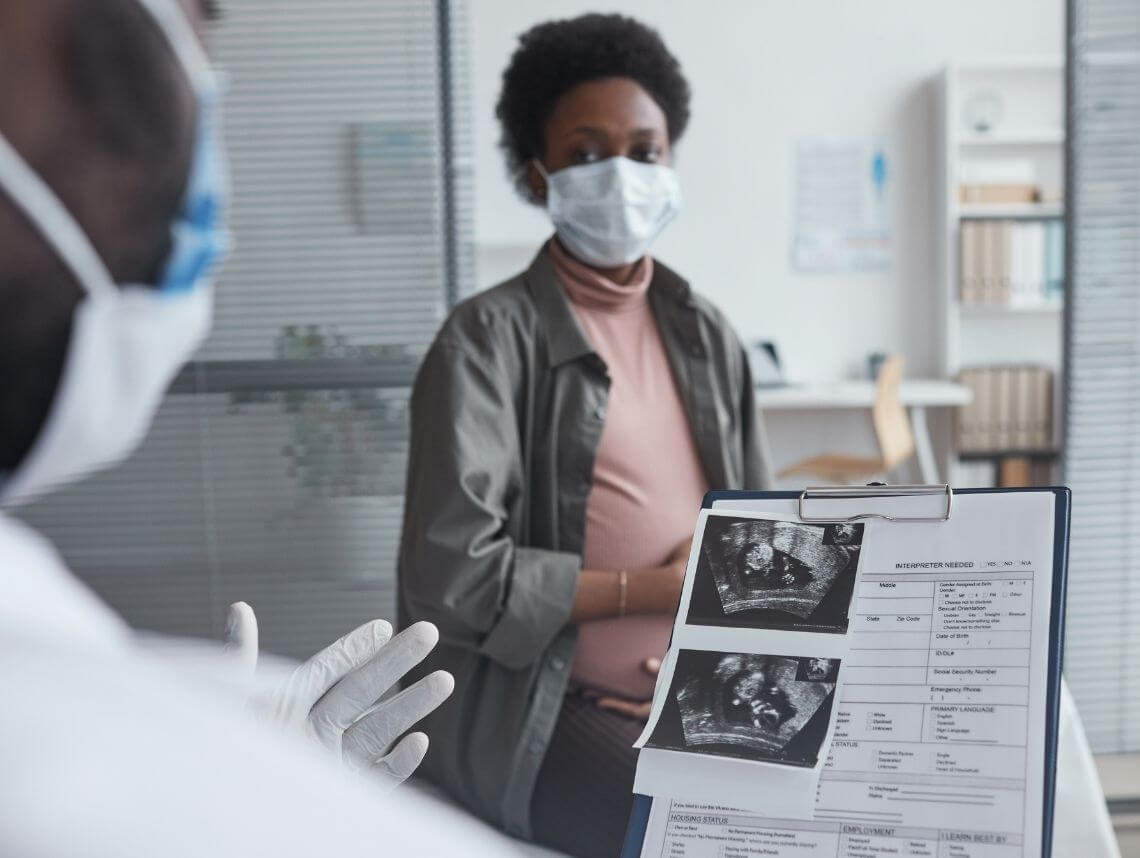Birth defects that affect the brain and spinal cord are among the most challenging and difficult conditions any parent can encounter. The terms and conditions you hear may be scary and confusing, but it’s ultimately about helping your little one have the best possible outcome no matter what.
If your child has been diagnosed with Arnold-Chiari malformation, also called type II Chiari malformation, learning more about the causes and treatment options can help you work more closely with doctors and care providers on your child’s care journey.
A Chiari malformation describes a condition where the brain does not sit properly inside the skull. There are four primary types of Chiari malformations, with the Arnold-Chiari malformation being classified as type II. In this type of malformation, brain tissue extends through the hole at the base of the skull that is built to pass the spinal cord.
Compared to the more common type I Chiari malformation, which is usually identified later in life, the Arnold-Chiari malformation is frequently seen in babies due to related brain and spinal cord defects, known as neural tube defects. Compared to type III and IV Chiari malformations, which are also typically birth defects, the Arnold-Chiari malformation has a more positive long-term outlook.
Arnold-Chiari Malformation Causes
The cause of an Arnold-Chiari malformation is not fully understood by medical researchers. It is possibly due to developmental defects that occur during growth in the womb. The Arnold-Chiari malformation in children is usually present along with myelomeningocele, a type of spina bifida where the spinal canal does not close properly before birth and extends from the back.
Researchers believe that Arnold-Chiari malformation is largely not inheritable and tends to occur sporadically without a family history of the condition. Potential risk factors may include environmental contributors such as lack of folic acid and other vitamins and nutrients during pregnancy.
Arnold-Chiari Malformation Symptoms
Symptoms vary on a case-by-case basis, but commonly reported issues can include:
- Hydrocephalus, a buildup of cerebrospinal in the skull
- Spinal deformity
- Headaches
- Developmental delays
- Difficulty holding up the head
- Difficulty feeding and swallowing
- Limb and muscle weakness
- Partial or complete paralysis below the spinal opening
- Blue or discolored skin
- Nerve damage and nerve pain, also called occipital neuralgia
- Trouble balancing and abnormal movements
- Sleep apnea, or pauses of breathing during sleep
Arnold-Chiari malformation is usually diagnosed in the womb or at birth. The long-term prognosis for this condition varies, with symptoms improving after treatment in many cases. In other situations, symptoms and complications may persist and require long-term care.
Diagnosing Arnold-Chiari Malformation in Children
Like other forms of Chiari malformations and neural tube defects, doctors may identify and diagnose the Arnold-Chiari malformation during prenatal screening and testing. It may also be identified at birth, or shortly after birth due to symptoms becoming more apparent. Arnold-Chiari malformation can also be found during the diagnosis of a related condition such as spina bifida.
Less severe cases may be diagnosed later and require imagery such as an X-ray or MRI to confirm.
Arnold-Chiari Malformation Treatment Options
Due to the range of severity and specific symptoms for this condition, treatment options will also vary. Pediatric specialists will often recommend surgery, and more than one procedure may be required. The goal of surgery is generally to close any open neural tube defects, relieve pressure by draining excess spinal fluid from the skull, and decompressing the spinal cord to address nerve pain.
Surgery is often preventive and designed to stop complications of Arnold-Chiari malformation from progressing. Any nerve damage caused by the condition is generally non-reversible and may require ongoing care and treatment to manage.
Other treatments include steps to manage bladder or bowel incontinence, supplement nutrition and feeding, and address respiratory difficulties. On a long-term basis, children with Arnold-Chiari malformation can benefit from physical therapy and rehabilitation, occupational therapy, pain management therapy, speech therapy, behavioral and mental health counseling.
For families of children with an Arnold-Chiari malformation, pediatric home health services are very often used to help with the ongoing care and therapy process. Services that an aide can provide include feeding and nutritional support, wound care, medication management, accompaniment to doctor’s appointments, apnea monitoring, and ventilator management. Dedicated and compassionate pediatric home health can be an essential part of your family’s care needs.
Contact Sonas for Home Health Care in Florida
It can be hard to balance your time between work, home, and caring for a child. That’s why our team of skilled professionals at Sonas Home Health Care is here to help. We have been enforcing precautionary measures and following the Centers For Disease Control (CDC) guidelines for COVID-19 to ensure the safety and health of our clients and employees.
Our home health care services offer support in the comfort of your home. We refer loving and competent nurses to provide customized care for families — from a few hours a day to around-the-clock supervision. Contact us directly to speak with a home health care professional or request a free in-home assessment. Together we can determine the best plan of action to keep your loved ones happy and healthy.
If you or a loved one are considering Pediatric Home Health Care Services in Florida, contact the caring staff at Sonas Home Health Care. Call today at (888) 592-5855.
This blog was reviewed by Jillian Miller BSN, RN — Director of Nursing for Sonas Home Health Care’s Tampa Bay market — for clinical accuracy. Jillian Miller has been a nurse for 16 years — working primarily in pediatrics. She believes the best part of working with the pediatric population is when you see smiles from clients when you first enter the room. She loves seeing the difference you can make in families’ lives while providing the best care possible for them.

